Terroir & vineyard
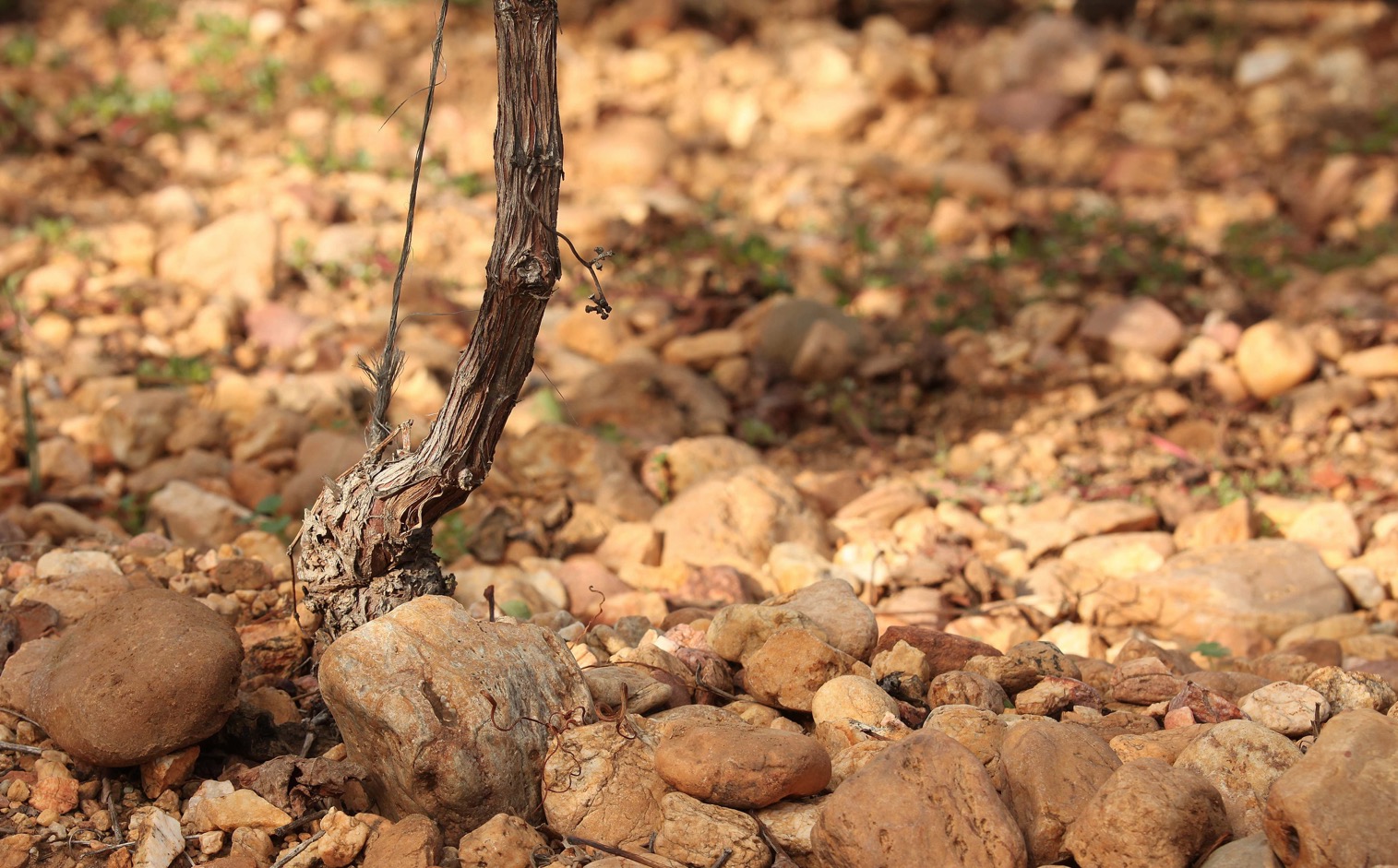
The Alma Cersius’ vineyard is planted on two main terroirs :
- 850 hectares of pebbles. This soil has the particularity of being warm and draining, it reflects heat and light, thus encouraging full ripeness of the grapes.
The cabernet sauvignon present in our Gardian rouge blend likes a hot and dry climate that will bring dominant notes of blackcurrant and jammy fruits. Its aromas will be enhanced on stony and slightly acid soils. The drainage conferred by the stoniness of the soils and the stored heat will provide optimal ripeness of the grape variety.
- 350 hectares of alluvial clay soils which demonstrate the proximity of the Mediterranean Sea and offers cooler soil.
It is on these soils that the Chardonnay vinified for our Code range grows. It adapts very well to temperate continental climates and to our clayey limestone soils. On this terroir it can express a rich aromatic palette composed of melon, pear, lemon, and even exotic hints.
The lithology * of these soils associated with the microclimates form a sandy-stony mineralogical mosaic of old terraces, silts, clays and even basalt.
*(What is) Lithology: it is the nature of rocks constituting an object, a whole, or a geological layer.
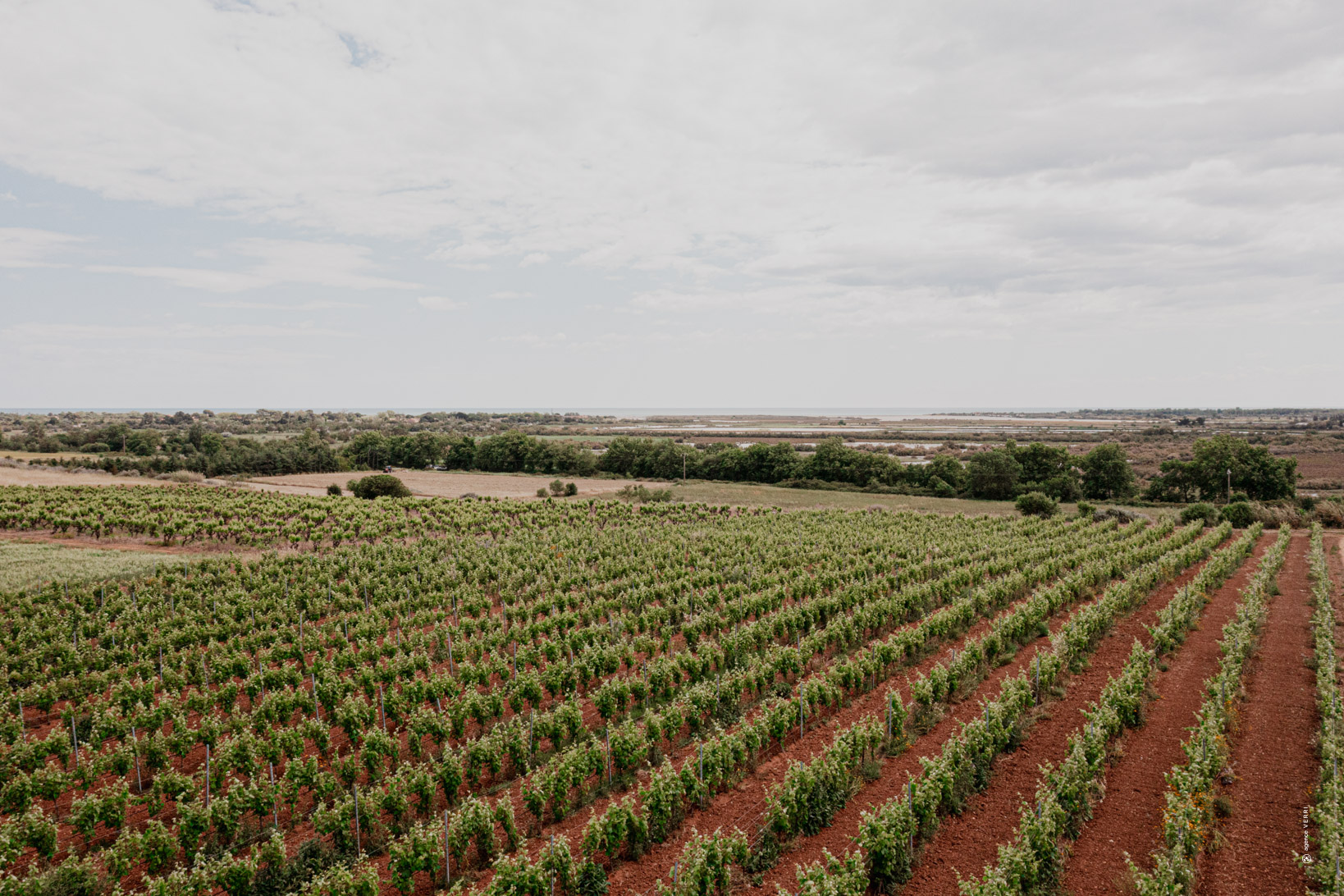
Mediterranean influences…
The winds also play a major role in our vineyard and the typicity of our grapes. The sea wind coming from the Mediterranean Sea is often accompanied by the Cers. This cold, dry and bracing wind has its origins in the Pyrenean reliefs and blows towards the Gulf of Lion. Coming from inland, its powerful breath cleanses and enriches the vine stocks and grapes for optimum ripeness. This makes it a natural ally who fully participates in the HEV 3 approach.
The best plots of Alma Cersius grow on this relief overlooking Beziers.
The combination of winds and maritime influences which we benefit from the Mediterranean Sea, disperse the morning mists which provides a significant dew. The vines then benefit from a natural water supply which limits the effects of drought during periods of absence of rain. In addition, the proximity of our vineyard to the Mediterranean Sea tempers the summer heat, and brings cooler temperatures, favourable for our vines.
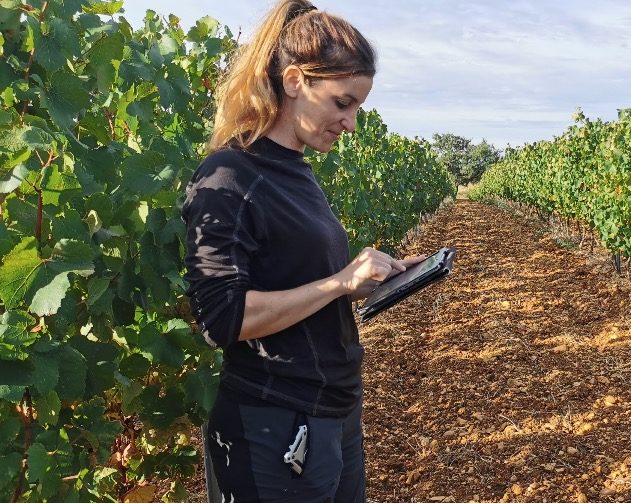
Plot selections :
This Mediterranean terroir allows each of the 24 grape varieties that we grow to express all their aromatic richness. Chardonnay, Sauvignon, Merlot, Cabernet-Sauvignon and Syrah are the spearheads of Alma Cersius. Viognier, Grenache, Pinot, Mourvèdre and many others are also grown for their organoleptic qualities. Some plots of Carignan and Cinsault, Languedoc’s native grape varieties, are also cultivated for their unique character. For 15 years, Alma Cersius has applied rigorous plot selections, the priority of which is to determine the aromatic profile of the wine. Tasting the berries in the vineyard allows the aromatic profile to be determined and the optimum date for harvest at full ripeness to be defined. This mastery, combined with efficient winemaking tools, enables the grapes to express all their plot uniqueness and thus, to offer wines matching the consumers’ tastes.
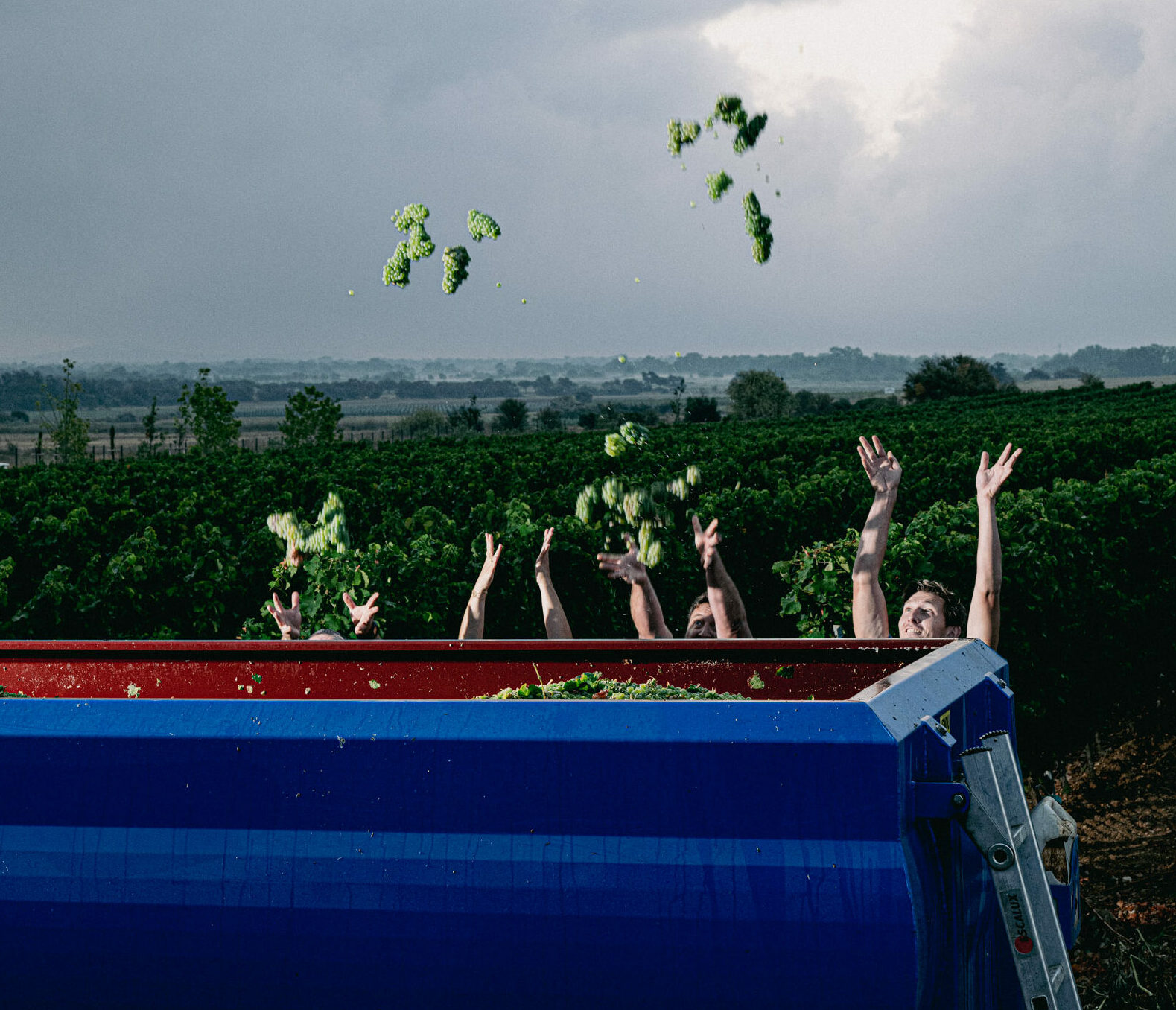
Plot selections :
This Mediterranean terroir allows each of the 24 grape varieties that we grow to express all their aromatic richness. Chardonnay, Sauvignon, Merlot, Cabernet-Sauvignon and Syrah are the spearheads of Alma Cersius. Viognier, Grenache, Pinot, Mourvèdre and many others are also grown for their organoleptic qualities. Some plots of Carignan and Cinsault, Languedoc’s native grape varieties, are also cultivated for their unique character. For 15 years, Alma Cersius has applied rigorous plot selections, the priority of which is to determine the aromatic profile of the wine. Tasting the berries in the vineyard allows the aromatic profile to be determined and the optimum date for harvest at full ripeness to be defined. This mastery, combined with efficient winemaking tools, enables the grapes to express all their plot uniqueness and thus, to offer wines matching the consumers’ tastes.

 Français
Français